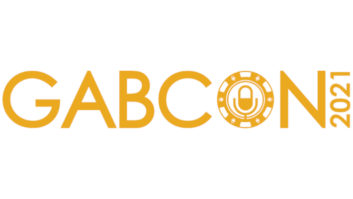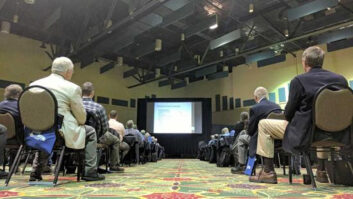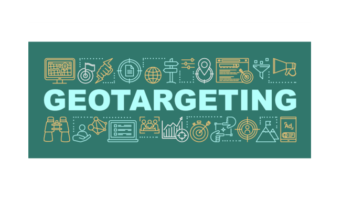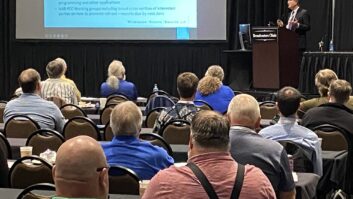WASHINGTON — Tucked within that spending bill signed by President Donald Trump last week is a requirement that broadcasters be allowed access to disaster areas in order to maintain facilities during times of emergency.
Several graphs from the 2,232-page federal appropriations document spell out amendments to the “Robert T. Stafford Relief and Emergency Assistance Act” that updates the definition of “essential service providers” who have access to disaster areas during federally declared emergencies, according to Scott Flick, partner at the Pillsbury Winthrop Shaw Pittman, who shared the information in the company’s CommLawCenter newsletter.
“Mobile telephone service, internet access service, radio or television broadcasting, cable service, or direct broadcast satellite service” are now considered essential service providers, according to the document, thus allowing them to gain access to vital infrastructure, including transmitter sites, when disaster hits.
Recent natural disasters, including last year’s Hurricanes Harvey and Irma, seemingly prompted the changes, though Flick notes that some states have previously adopted First Informer measures that allow designated broadcasters to enter areas during an emergency to maintain essential broadcast equipment. “The result was a significant improvement, particularly in disaster-prone states, but it still resulted in a patchwork approach, with some states issuing disaster credentials to broadcast personnel, other states taking a variety of approaches as to how broadcasters identify themselves to emergency personnel with swiftness and certainty, and still other states simply having no reliable disaster area access for broadcasters at all.”
The “essential service providers” designation only affects broadcast facilities within federal disaster areas, he says, so it’s important that individual states continue to push for First Informer measures.
“However, creating a Federal First Informer status for broadcasters is likely to expedite the adoption of similar laws in states that do not yet have them, and will likely serve to help standardize those laws, as the federal government implements nationwide standards for how broadcast personnel can quickly identify themselves to government officials in order to gain access to a disaster area,” Flick wrote in Comm Law Center.
[Read: SANDy Act Reaches the Senate]
Broadcasters have told Radio World that gaining the first-informer designation is crucial in order for them to quickly restore transmitter sites and refuel generators following disasters.
The National Association of Broadcasters estimates that just over a dozen states now have First Informer laws or at least similar agreements with local and state governmental agencies that allow designated broadcasters to enter secure areas during emergencies.
NAB has applauded similar measures in the past, including the SANDy Act [Securing Access to Networks in Disasters Act], which was introduced in 2017 and approved by the U.S. House and Senate but never signed into law by President Trump.











